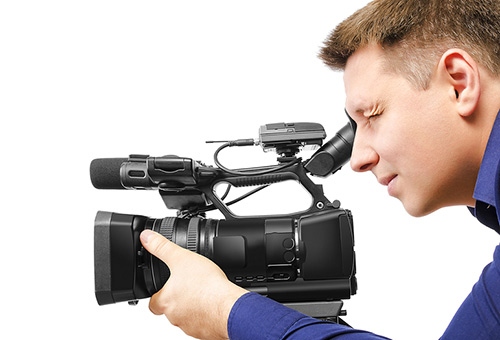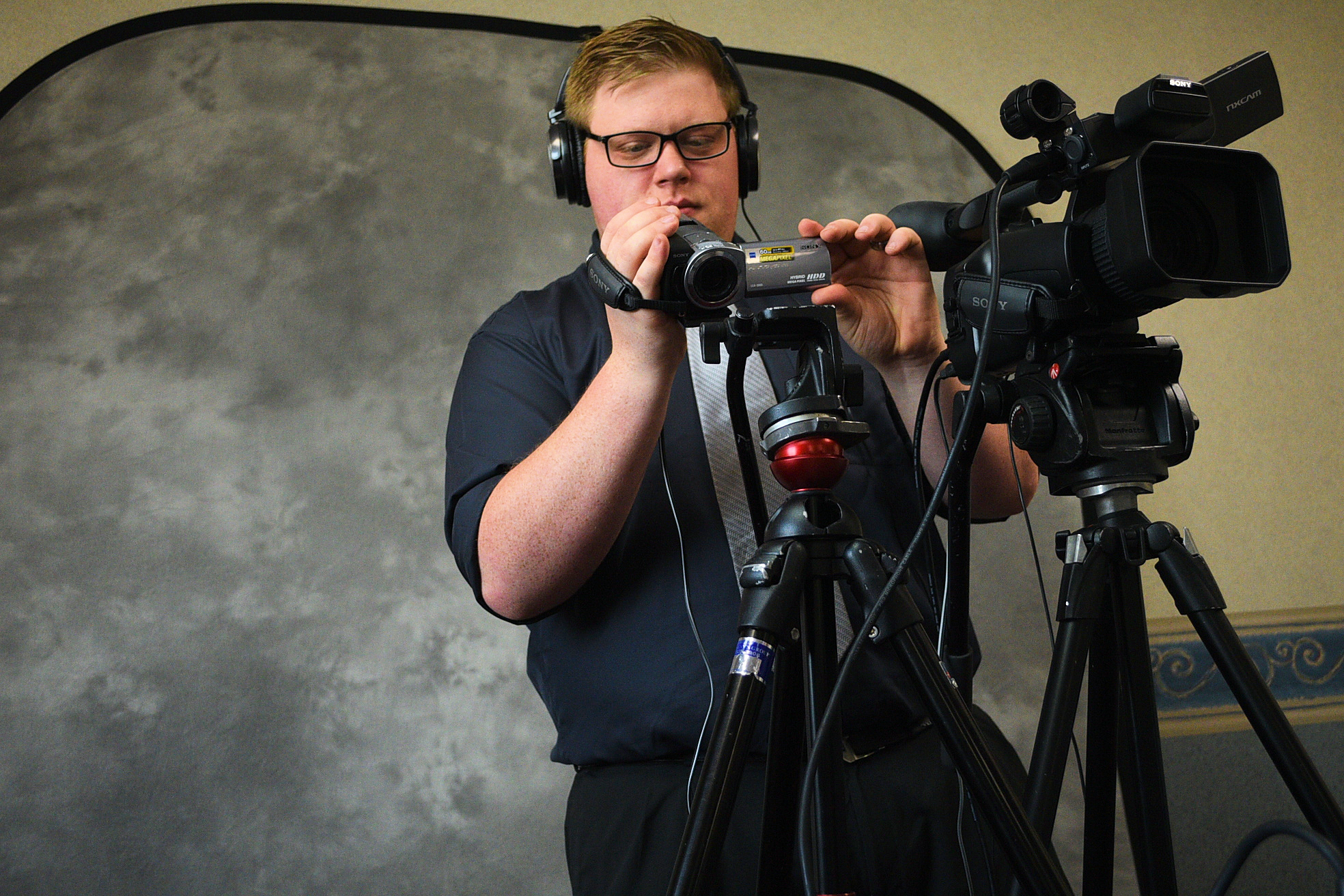The Function of Legal Videography in Depositions and Tests
Lawful videography has actually become a necessary tool in both depositions and trials, giving a multifaceted method to documenting witness testimonies. By capturing not just the spoken word but additionally the nuances of non-verbal communication, this tool improves the integrity of statements and preserves essential proof for future proceedings (legal videography). As lawful professionals increasingly identify its value, it motivates a deeper examination of exactly how these visual documents can affect juror understandings and trial end results. What implications might these growths hold for the future of legal technique?

Importance of Lawful Videography
Lawful videography plays a critical function in the documents and discussion of depositions and trials. This specific area combines technical abilities with lawful knowledge to produce a trustworthy record of proceedings that can substantially affect case outcomes. The appearance of lawful videography improves the understanding of witness testament, allowing jurors and judges to observe not only the spoken words however additionally the disposition, emotions, and body movement of the witnesses.
On top of that, lawful videography supplies an unbiased account of events, reducing the capacity for misconception that can accompany written transcripts alone. This aesthetic documents offers as a critical device during trial presentations, assisting in a more clear and even more influential story for both complainants and offenders. The capability to replay video sectors throughout court proceedings enables legal groups to highlight key factors, strengthening their arguments properly.
The value of legal videography expands beyond the courtroom; it also plays a crucial role in maintaining proof for future referral, whether for allures or additional lawsuit. Because of this, its integration right into the lawful process is vital for ensuring a fair and exact depiction of the realities, ultimately adding to the pursuit of justice.

Process of Legal Videography
While catching the subtleties of depositions and tests, the process of legal videography entails several vital actions that make certain premium, precise recordings. Originally, a professional legal videographer prepares by evaluating the situation products and recognizing the specific requirements of the deposition or trial. This preparation includes acquainting themselves with the participants and the context, which assists in catching essential details.
On the day of the recording, the videographer establishes the necessary tools, which typically consists of high-definition cameras, microphones, and correct lighting. Ensuring ideal angles and audio high quality is critical, as it straight affects the performance of the recording. The videographer interacts with lawyers and participants to establish procedures, making sure that every person recognizes the recording procedure.
During the deposition or trial, the videographer meticulously records the procedures, paying very close attention to both verbal and non-verbal hints. This consists of recording the demeanor and reactions of witnesses and attorneys. After the session wraps up, the videographer may modify the footage for clearness and compliance with lawful criteria, producing a final item that accurately mirrors the proceedings for future recommendation and usage in lawful contexts.
Benefits in Depositions
The incorporation of videography in depositions uses countless advantages that boost the general process of gathering evidence. One main advantage is the capacity to capture witness testimonies with visual and acoustic fidelity, providing a more exact representation of the witness's attitude, tone, and body language. This multidimensional approach enables lawyers and juries to analyze reputation better than standard written transcripts alone.
In addition, videographed depositions function as a powerful device for preserving testament. Needs to a witness become inaccessible for trial, their recorded deposition can be played in court, making certain that their evidence remains available and pertinent. This element significantly lowers the threat of shedding vital info that might impact case outcomes.

Lastly, videography improves the overall professionalism of the deposition procedure, instilling self-confidence in customers pertaining to the thoroughness of their lawful depiction (legal videography). By leveraging innovation, legal specialists can considerably boost the effectiveness of depositions
Impact on Tests
In many tests, the assimilation of videography can dramatically influence the presentation of proof and the court's understanding. Legal videography catches witness testimonies and essential evidence in a vibrant format, enabling jurors to involve with the material on multiple degrees. This aesthetic component improves the narration element of a test, offering context and psychological resonance that typical text-based evidence might lack.
In addition, video visit here clip recordings can offer as effective devices for impeachment during cross-examination. When disparities develop between a witness's prior statements and their court testament, video clip proof provides an unbiased recommendation that can guide jurors' viewpoints. This immediacy and quality can strengthen the credibility Our site of a party's story while all at once weakening opposing disagreements.

Future Trends in Legal Videography
As we look toward the future of legal videography, several emerging fads promise to reshape its function within the court. One considerable trend is the integration of expert system (AI) in video analysis and editing. AI can streamline the procedure of determining crucial minutes in recorded depositions, enabling attorneys to rapidly access pertinent content, therefore improving efficiency in case prep work.
Additionally, the increase of virtual fact (VR) and increased fact (AR) innovations is anticipated to change just how jurors experience proof. legal videography. By immersing jurors in a simulated environment, these modern technologies can offer an extra profound understanding of complicated scenarios, bring about even more educated deliberations
In addition, the raising need for remote depositions, sped up by the COVID-19 pandemic, will likely proceed. Legal videographers will certainly need to adjust to new software program and systems to make sure high-quality recordings in online settings.
Lastly, the growing emphasis on information safety will necessitate more stringent procedures for keeping and sharing video evidence. As the legal landscape progresses, legal videographers have to stay abreast of these patterns to preserve their importance and effectiveness in the judicial procedure.
Final Thought
In recap, legal videography serves a crucial function in the judicial procedure, boosting the honesty of depositions and trials. As innovation proceeds to advance, lawful videography is poised to additional transform its additional reading function within the legal landscape.